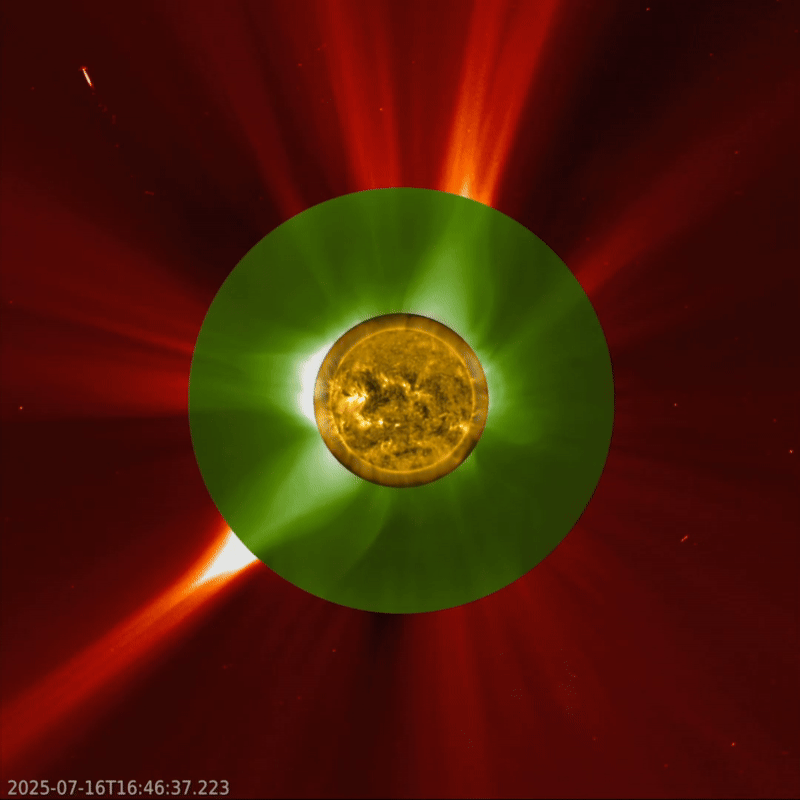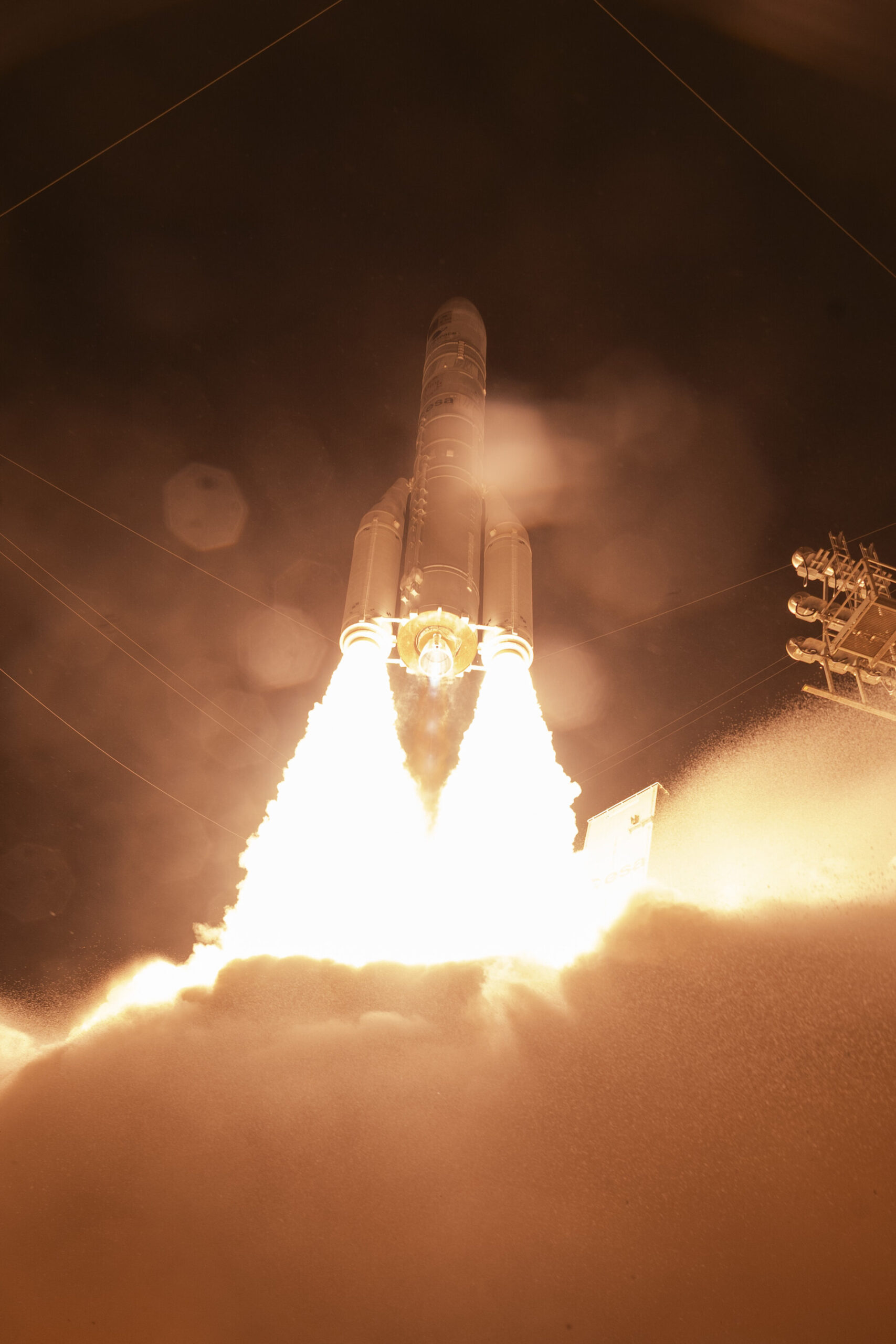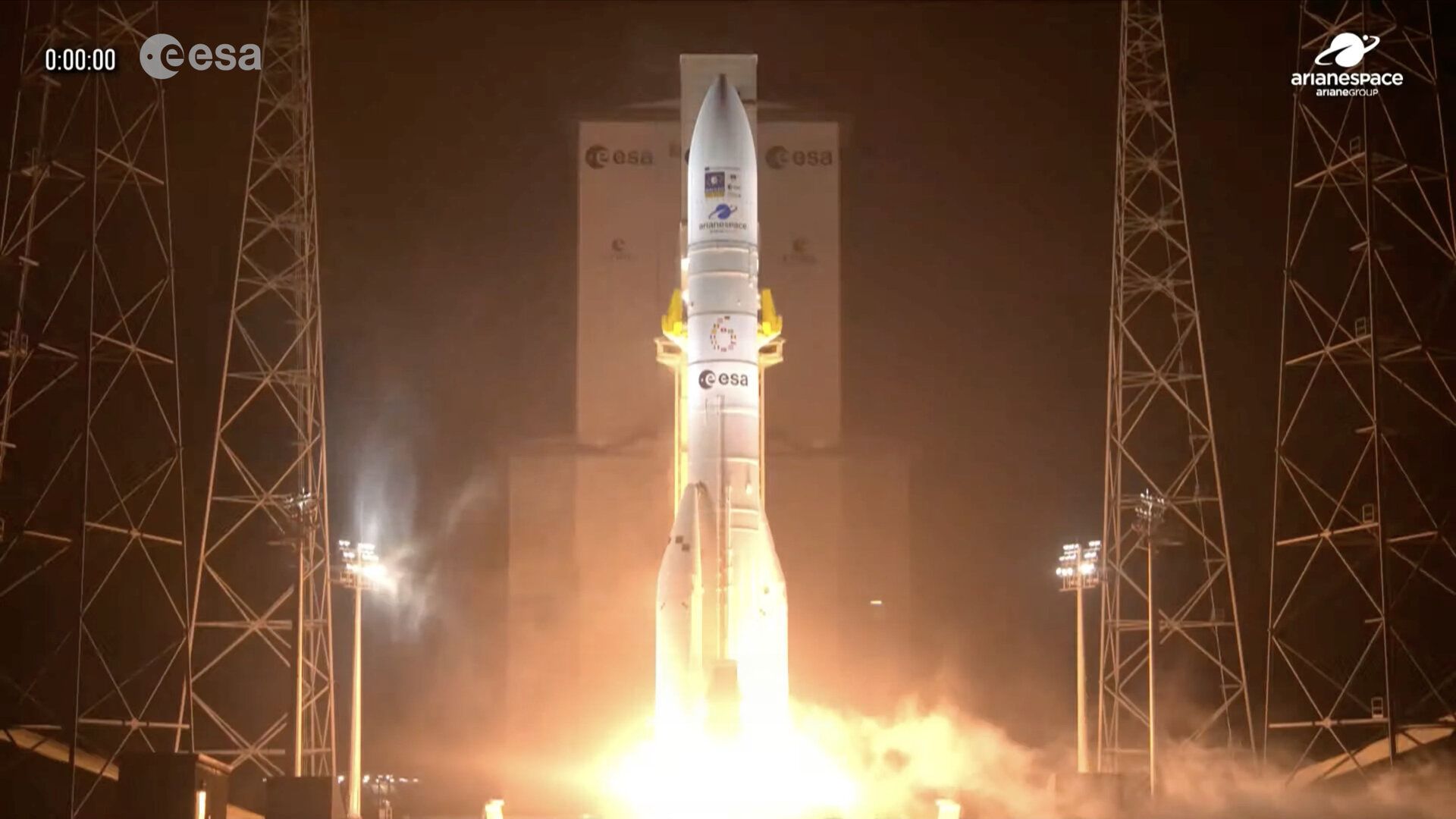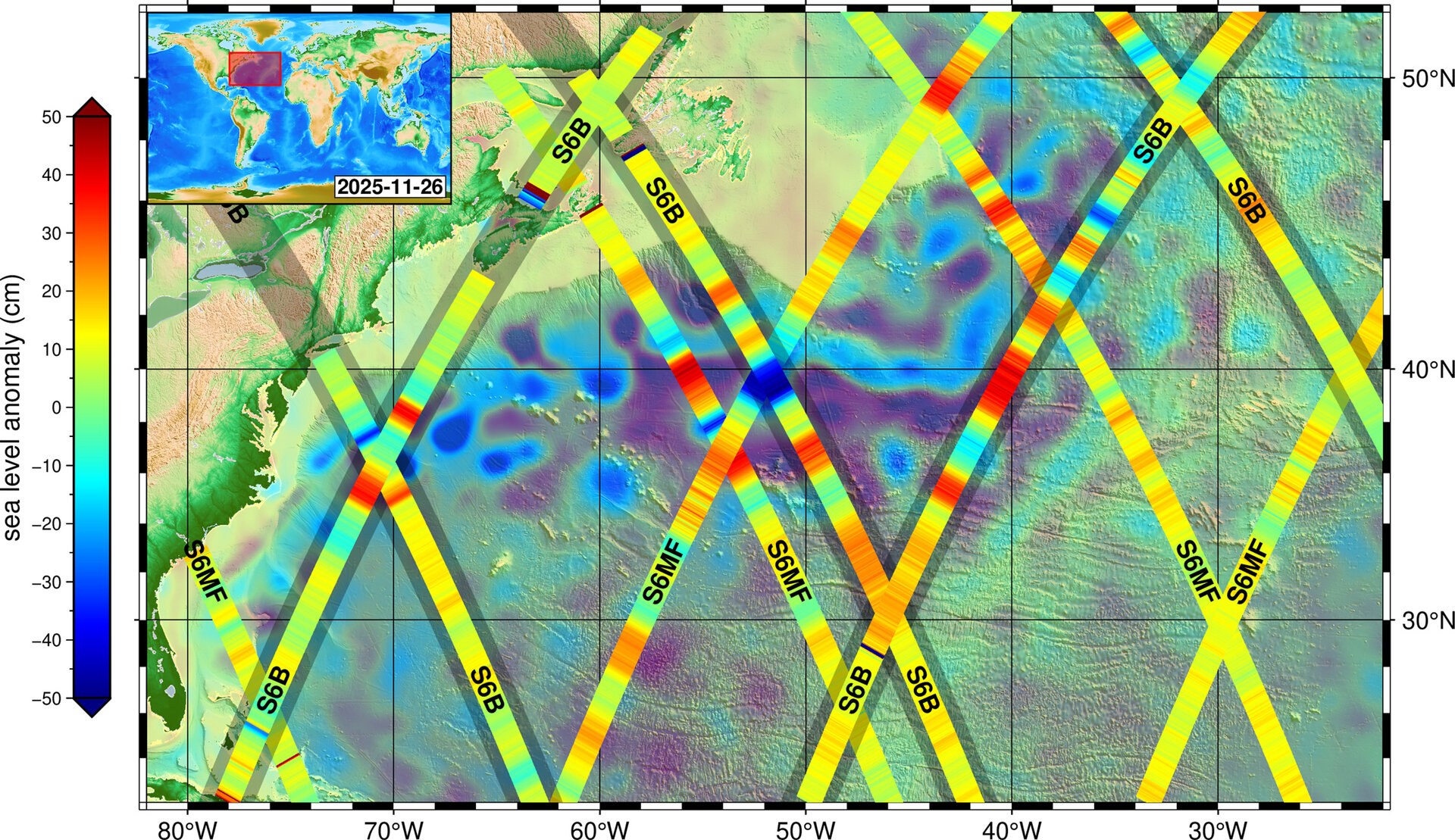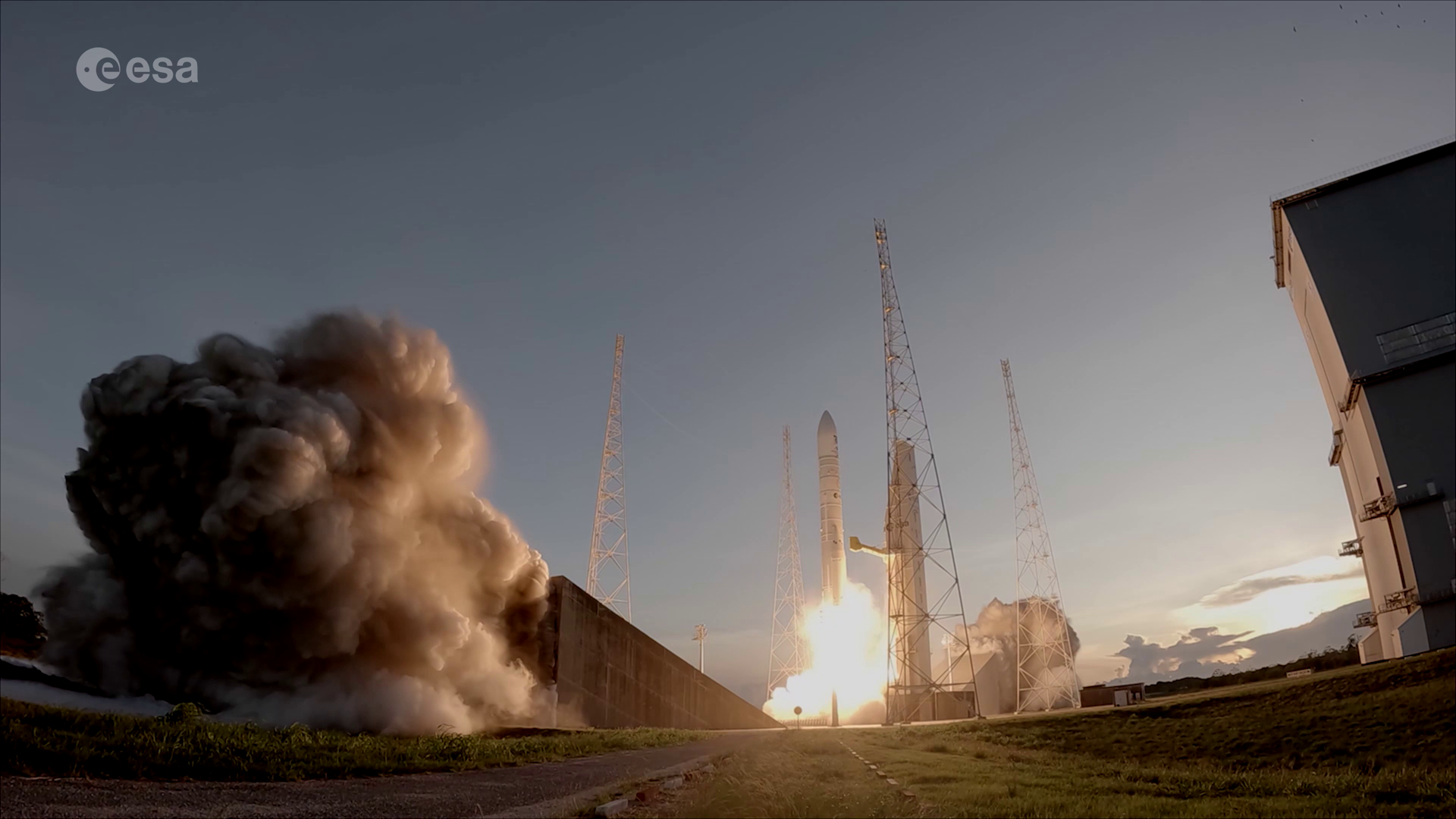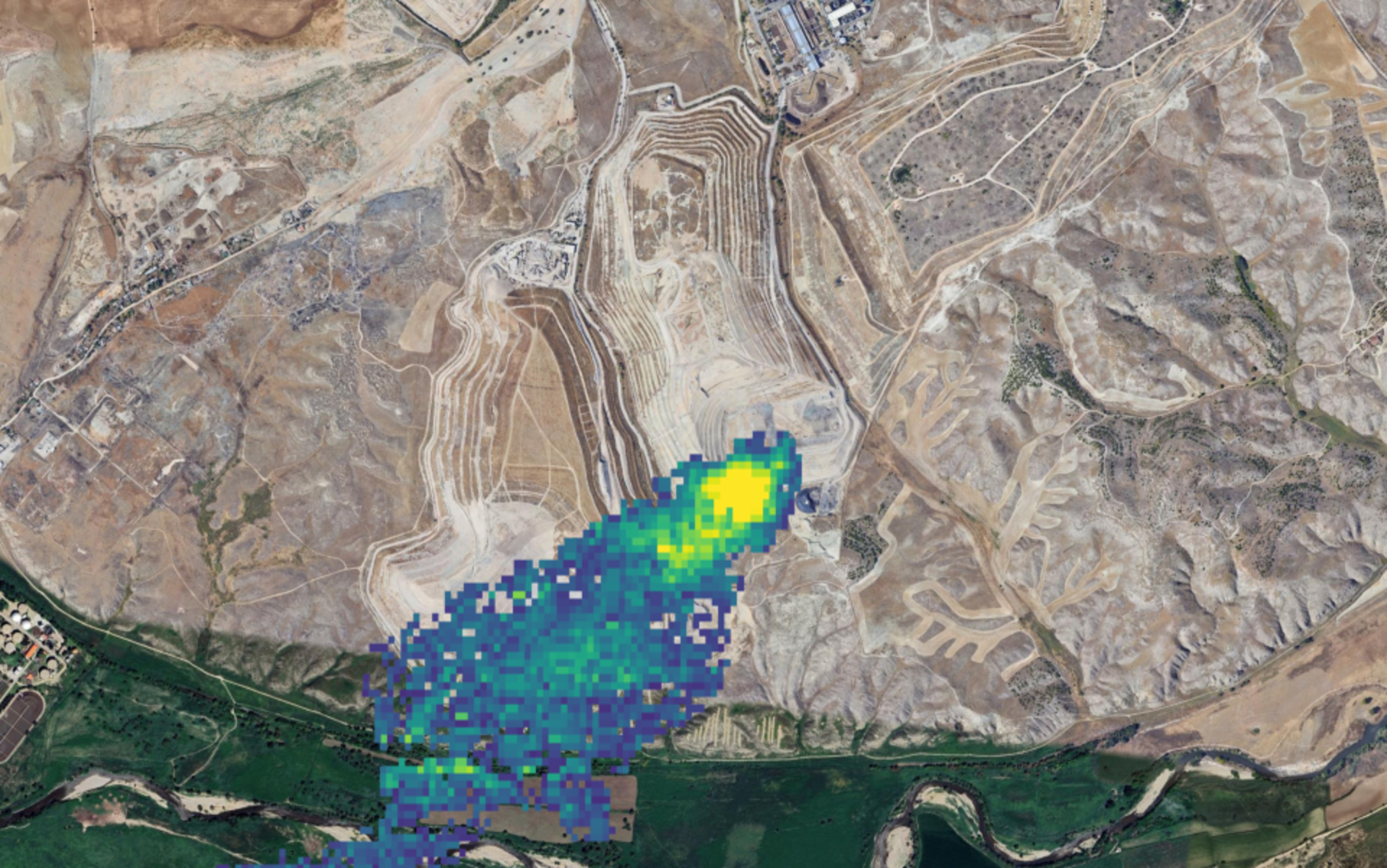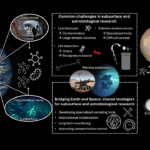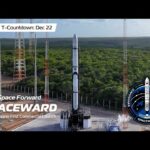Watch the replay of the media information session in which ESA Director General Josef Aschbacher and ESA Council Chair Renato Krpoun (CH) update journalists on key decisions taken at the ESA
esa2- Page
Ever wondered how planetary systems like our own Solar System form? Thanks to the European Space Agency’s Gaia space telescope, we’re getting a unique peek behind the cosmic curtain into
Enabling & Support 17/12/2025 312 views 11 likes It has been a busy year for the European Space Agency’s Proba-3 mission. The satellite duo has already created more than 50
WASHINGTON — An Ariane 6 rocket placed two satellites for Europe’s Galileo navigation system into orbit Dec. 17. An Ariane 62 lifted off from the European spaceport in Kourou, French
Applications 17/12/2025 807 views 7 likes On 17 December, two Galileo satellites lifted off from Europe’s Spaceport in French Guiana aboard an Ariane 6 rocket. This marked the 14th launch
On 17 December, two new Galileo satellites lifted off from Europe’s Spaceport in French Guiana aboard an Ariane 6 rocket. This marked the 14th launch for Europe’s satellite navigation operational
Applications 16/12/2025 359 views 8 likes Copernicus Sentinel-6B, launched last month, has reached its orbit and delivered its first set of data, which show variations in sea level in the
2025 was a landmark year for Europe in space. From celebrating 50 years of ESA to new missions, scientific breakthroughs, the year reaffirmed Europe’s leadership in science, exploration, climate action
Applications 15/12/2025 125 views 5 likes Satellites are emerging as a powerful new tool in the fight to curb emissions of methane. While methane is much shorter-lived in the atmosphere
XMM-Newton observed the comet with its European Photon Imaging Camera (EPIC)-pn camera ESA/XMM-Newton/C. Lisse, S. Cabot & the XMM ISO Team larger image The European Space Agency’s X-ray space observatory
-
 01From Polymerization-Enabled Folding and Assembly to Chemical Evolution: Key Processes for Emergence of Functional Polymers in the Origin of Life
01From Polymerization-Enabled Folding and Assembly to Chemical Evolution: Key Processes for Emergence of Functional Polymers in the Origin of Life -
 02Panasonic Leica Summilux DG 15mm f/1.7 ASPH review
02Panasonic Leica Summilux DG 15mm f/1.7 ASPH review -
 03Two Black Holes Observed Circling Each Other for the First Time
03Two Black Holes Observed Circling Each Other for the First Time -
 04How New NASA, India Earth Satellite NISAR Will See Earth
04How New NASA, India Earth Satellite NISAR Will See Earth -
 05And Thus Begins A New Year For Life On Earth
05And Thus Begins A New Year For Life On Earth -
 06Astronomy Activation Ambassadors: A New Era
06Astronomy Activation Ambassadors: A New Era -
07SpaceX launch surge helps set new global launch record in 2024




